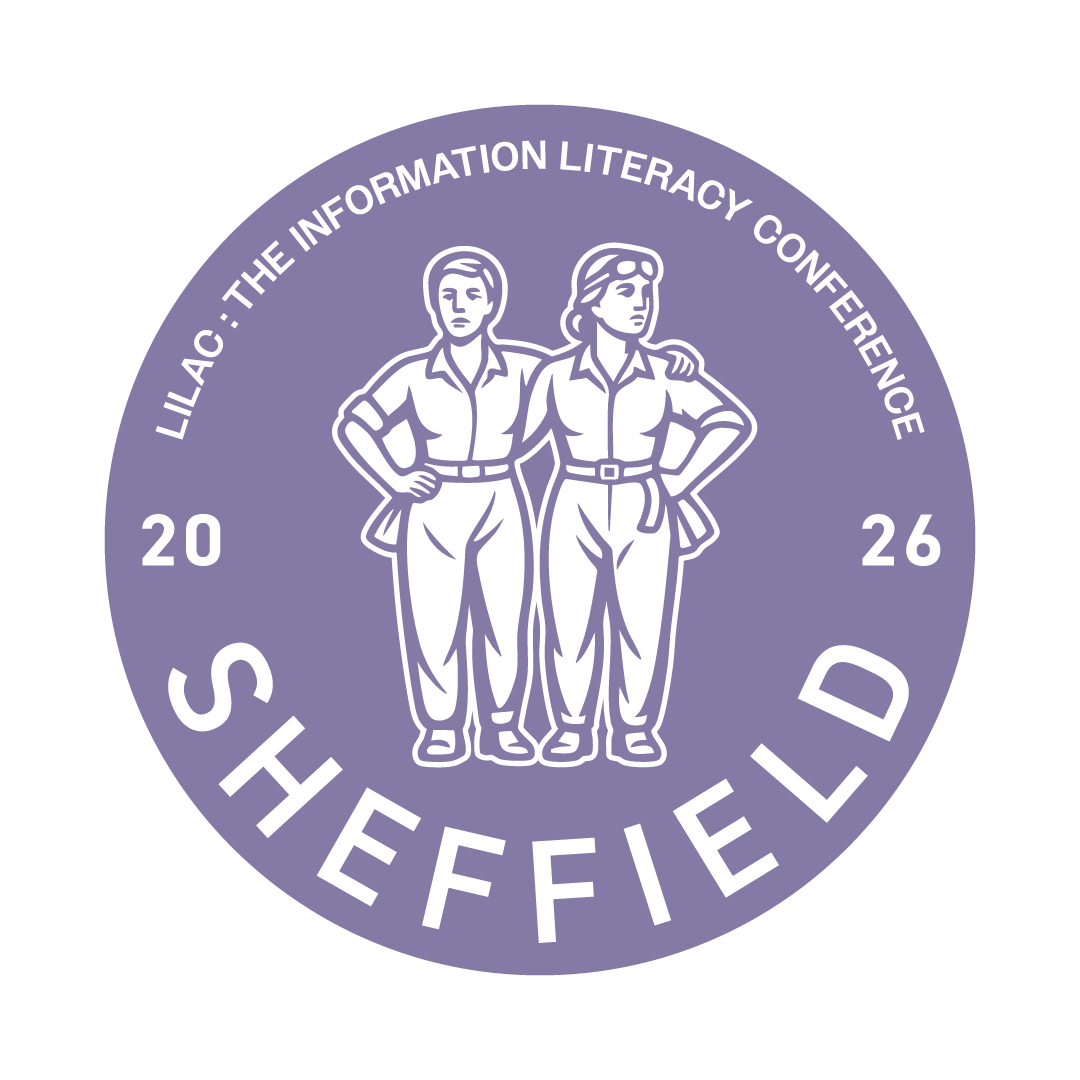Abstract
As reference desks have closed and online and distance learning has increased, many university libraries have expanded virtual reference to reach students whenever and wherever they need help. Cooperative chat, staffed by librarians from different English-speaking libraries across the globe, enables universities to leverage librarian expertise 24/7 and offer point-of-need guidance and instruction to students through online instant messaging platforms. While 24/7 library help would seem to create endless opportunities for personalized information literacy instruction, librarians from [UNIVERSITY] perceived that many of their colleagues were hesitant to staff such a service.
To address this perceived hesitancy, the presenters conducted research with US librarians, culminating in 361 survey responses and 11 follow-up interviews with global chat operators. Our findings indicated that librarians grow anxious when referring students back to their home library and often feel intimidated by questions from other countries. While previous research in libraries has focused on teaching anxiety in librarians (Davis, 2007; Lundstrom et al., 2021), and other research has investigated instruction opportunities in chat reference (Dempsey 2017; Hervieux & Tummon 2018), we sought to focus on librarian anxiety in global chat and whether this anxiety impairs chat service and opportunities for student learning. Interviewees and survey respondents brought up differing reference approaches, including questions about how to incorporate information literacy into chat reference. This workshop will utilize the results of this research to provide attendees with takeaways for providing better information literacy instruction to patrons in this increasingly utilized reference service/tool.
Additionally, the workshop will encourage open conversation between librarians to best serve each other's patrons and infuse information literacy principles into our cooperative chat best practices. As we answer questions from not only different schools but also different countries, how do we build trust with students that have no idea who we are, or how we are connected to their library? Further, AI currently provides fast – but depersonalized, and not always correct – answers. What is the role of virtual reference in this new world, and what can we do to demonstrate the value of this more personalized, yet global, service to our patrons?
References
Davis, Kaetrena D. (2007) “The academic librarian as instructor: A study of teacher anxiety.” College Undergraduate Libraries, 14(2), 77‐101. https://doi.org/10.1300/J106v14n02_06
Dempsey, P. R. (2017). Resource delivery and teaching in live chat reference: Comparing two libraries. College & Research Libraries, 78(7), 898–919. https://doi.org/10.5860/crl.78.7.898
Hervieux, S., & Tummon, N. (2018). Let’s chat: the art of virtual reference instruction. Reference Services Review, 46(4), 529–542. https://doi.org/10.1108/RSR-07-2018-0060
Lundstrom, K., Fagerheim, B., & Van Geem, S. (2021). Library teaching anxiety: Understanding and supporting a persistent issue in librarianship. College & Research Libraries, 82(3), 389-409. https://doi.org/10.5860/crl.82.3.389
